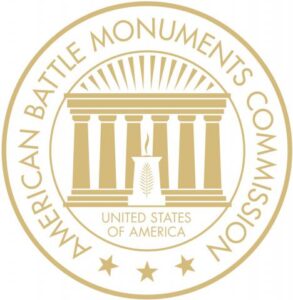In one of the most iconic American recruiting posters of World War I, a young woman drawn by the famous artist Howard Chandler Christy posed in a man’s Navy uniform under the caption: “Gee!! I wish I were a man, I’d join the Navy.” This poster gave no indication that Bernice Tongate, the model, had actually enlisted in the U.S. Navy the very day that Christy sketched her. Along with over 12,000 other women, Tongate became part of the first group of American women to officially enlist in the U.S. military when she joined the Yeoman (F), the female section of the Navy created in 1917, just before the U.S. entered World War One. The story of Bernice Tongate reflects the path-breaking yet often forgotten service of American women in support of World War One.
American women’s significant contributions to World War One have frequently been overshadowed. Yet over 16,000 American women served overseas during the war in both official military capacities as Army and Navy nurses and in dozens of civilian volunteer organizations such as the YMCA, the YWCA, and the Salvation Army. Around 24,000 women served as American Red Cross nurses, both at home and abroad. Countless thousands more contributed to the war effort on the home front. Among other things, these women served as volunteers, worked as nurses and physical therapists, got jobs in factories and farms, and pitched in however they could. World War One represented a watershed moment for American women as they took on new roles outside of the home, professionalized their traditional volunteer activities into careers, and entered the workforce in greater numbers. Most significantly, women’s leadership and service during the war helped to finally secure the passage of the 19th Amendment in 1920, which gave women the right to vote.
SOURCES:
Finkelstein, Allison S. “Carry On: American Women, and the Veteranist-Commemoration of the First World War, 1917–1945.” PhD diss., University of Maryland, 2015.
Ebbert, Jean and Marie-Beth Hall. The First, the Few, the Forgotten: Navy and Marine Corps Women in World War I. Annapolis, MD: Naval Institute Press, 2002.
Gavin, Lettie. American Women in World War One: They Also Served. Niwot, Colorado: University Press of Colorado, 2006.
Godson, Susan H. Serving Proudly: A History of Women in the U.S. Navy. Annapolis, MD: Naval Institute Press, 2001.
Jensen, Kimberly. Mobilizing Minerva: American Women in the First World War. Urbana, Illinois: University of Illinois Press, 2008.
Patch, Nathaniel. “The Story of the Female Yeoman during the First World War.” Prologue 38, No. 3 (Fall 2006): 54-59.
Zeiger, Susan. In Uncle Sam’s Service: Women Workers with the American Expeditionary Force, 1917-1919. Ithaca, New York: Cornell University Press, 1999.
 An official website of the United States government. Here's how you know.
An official website of the United States government. Here's how you know. 